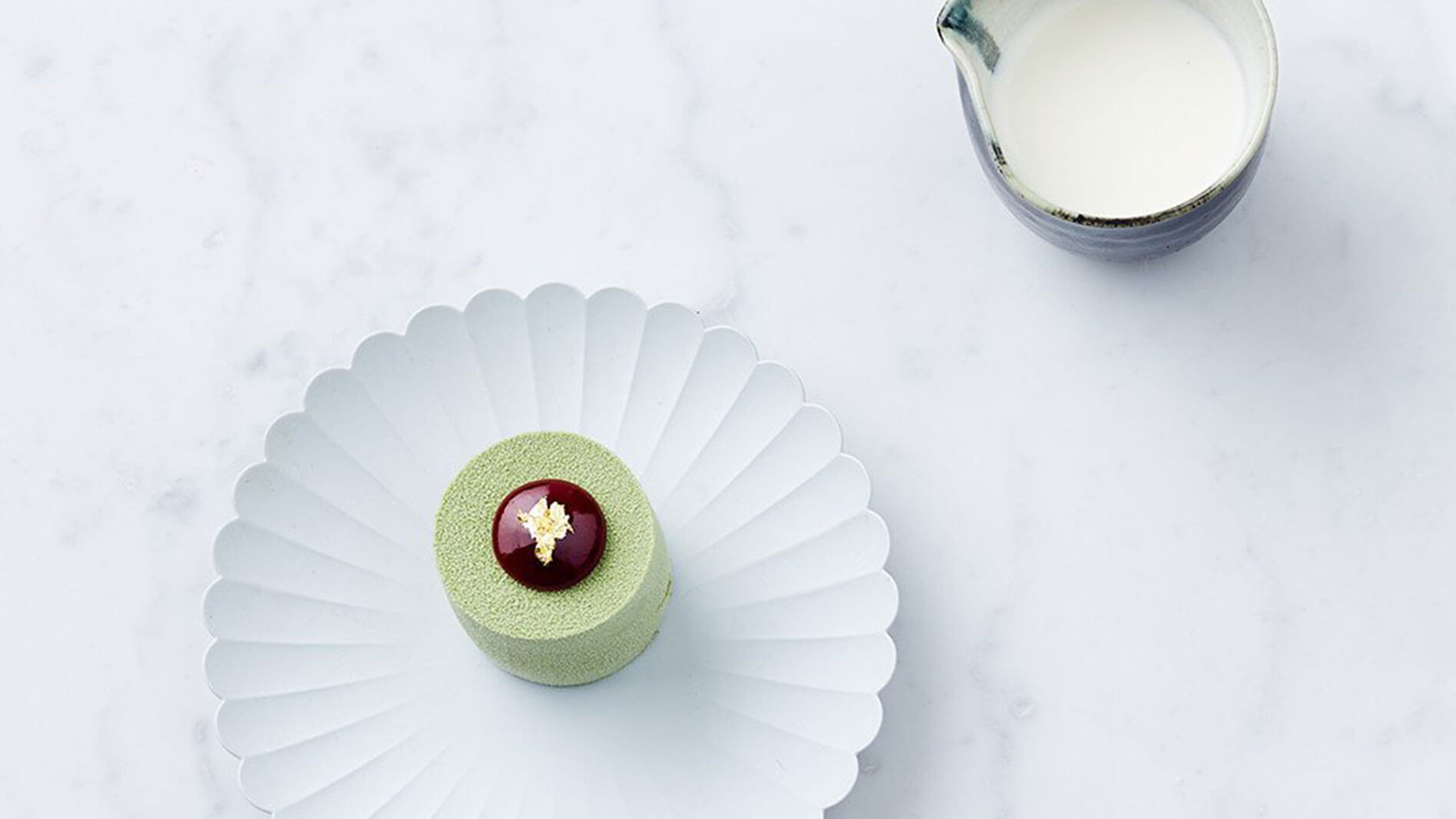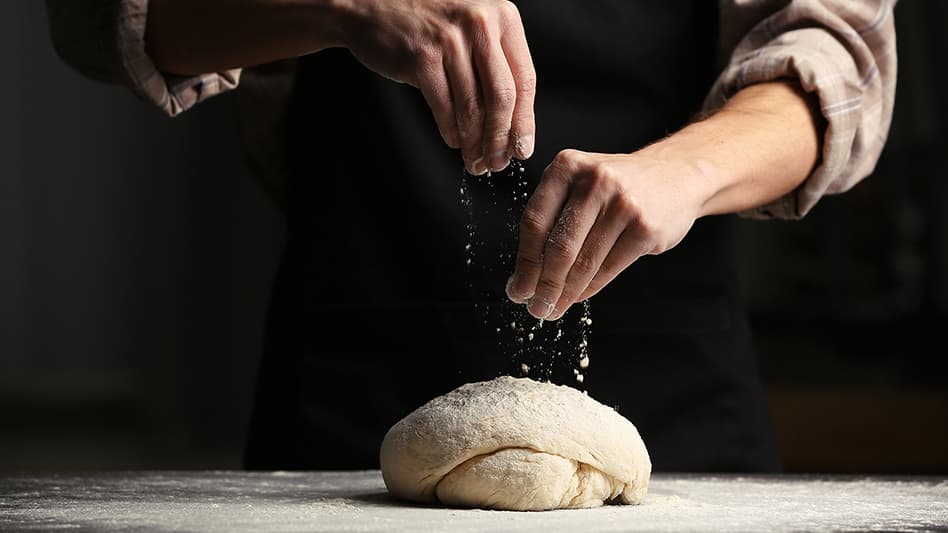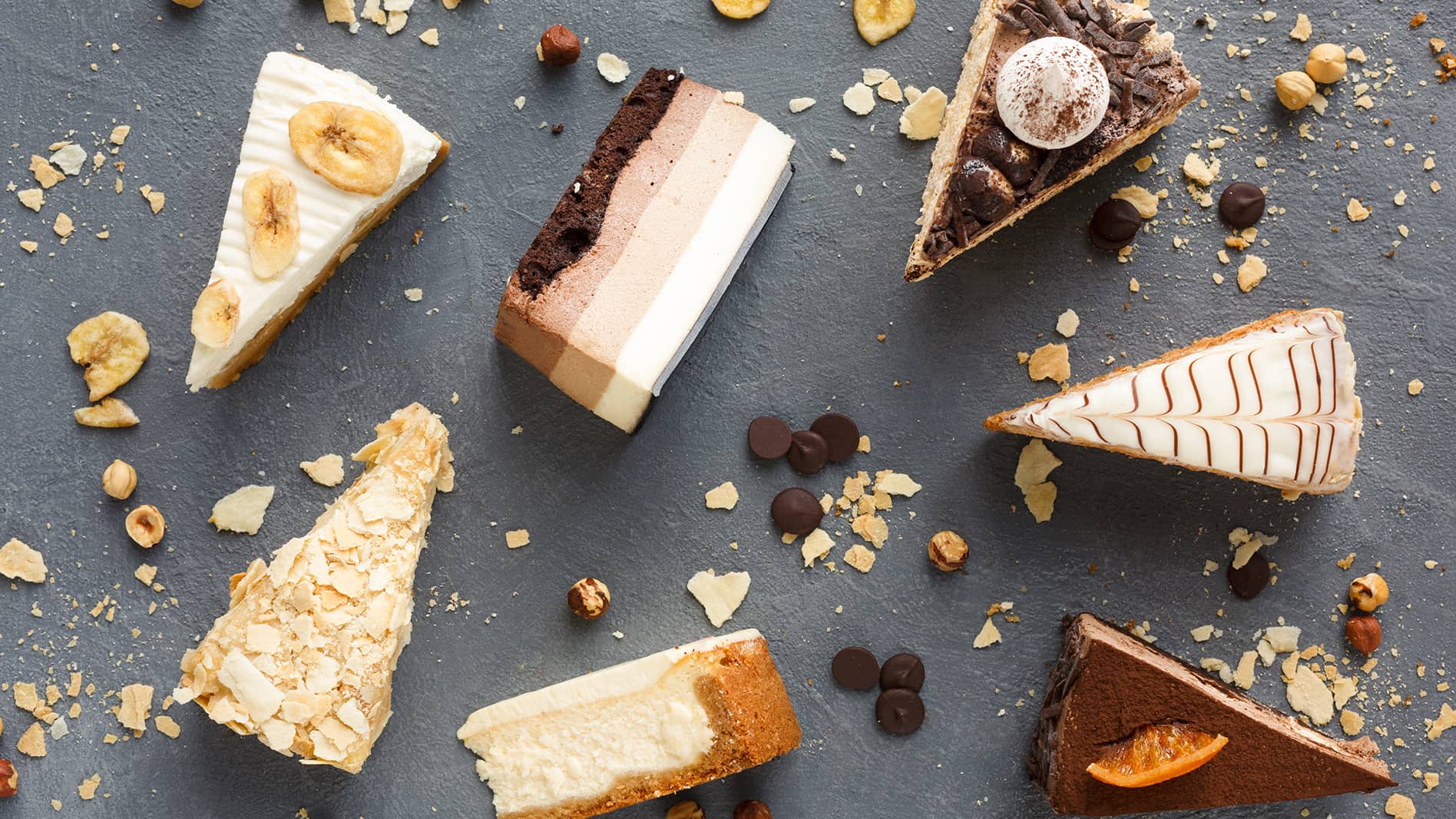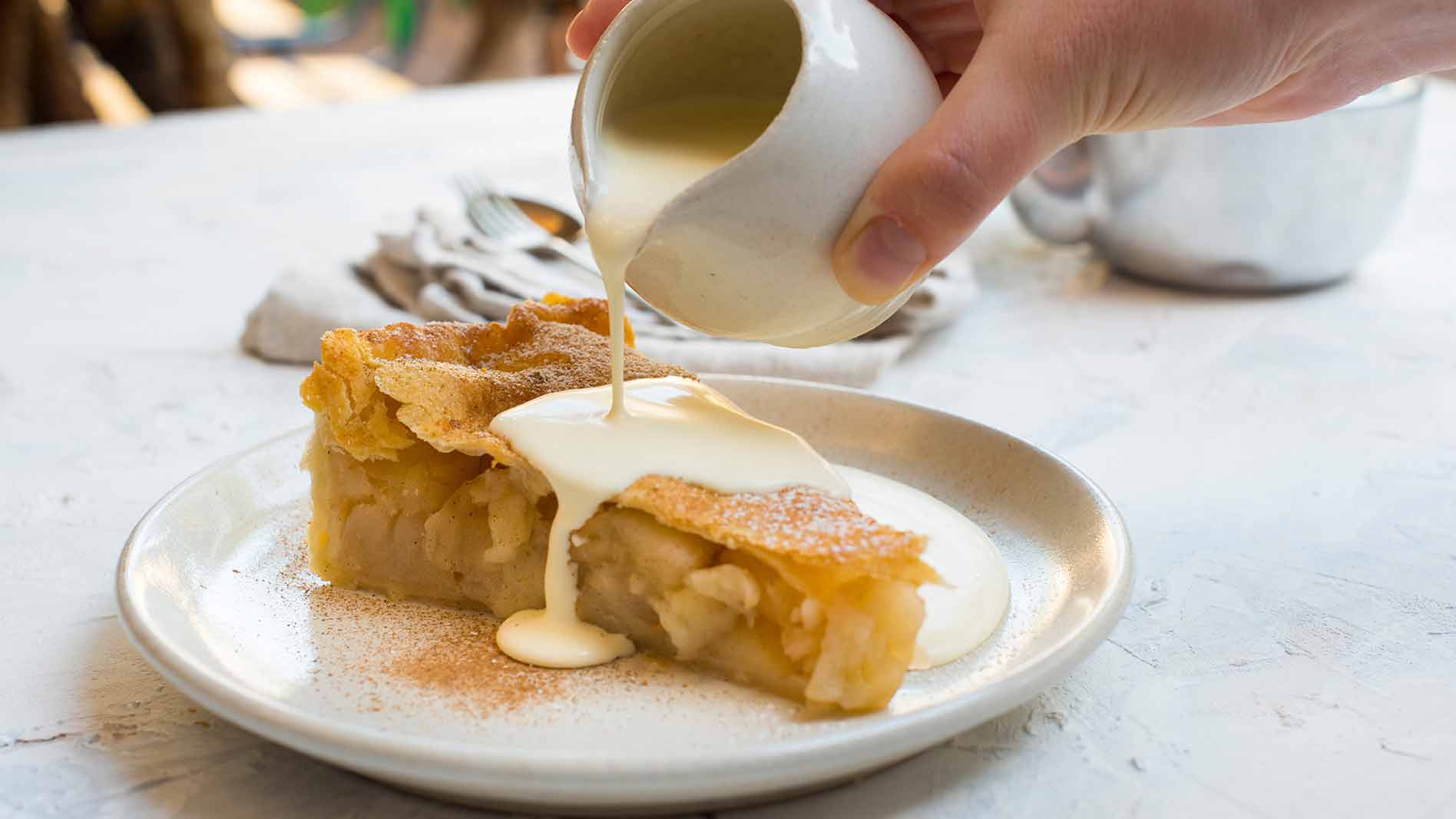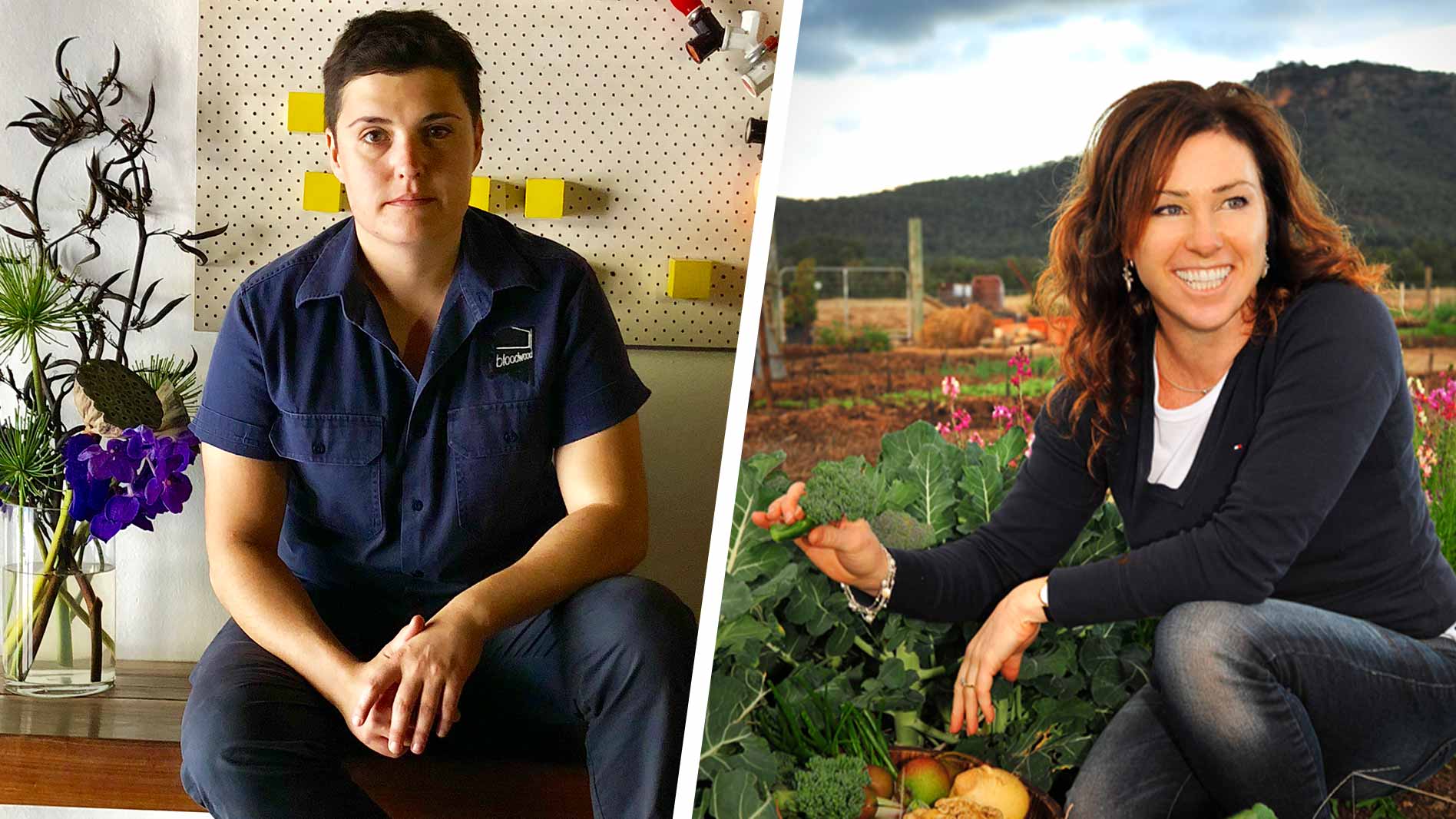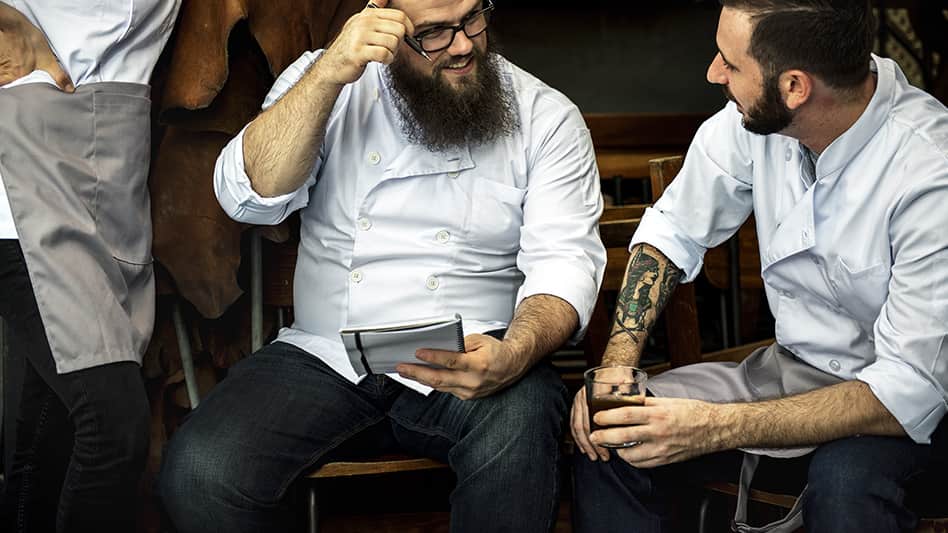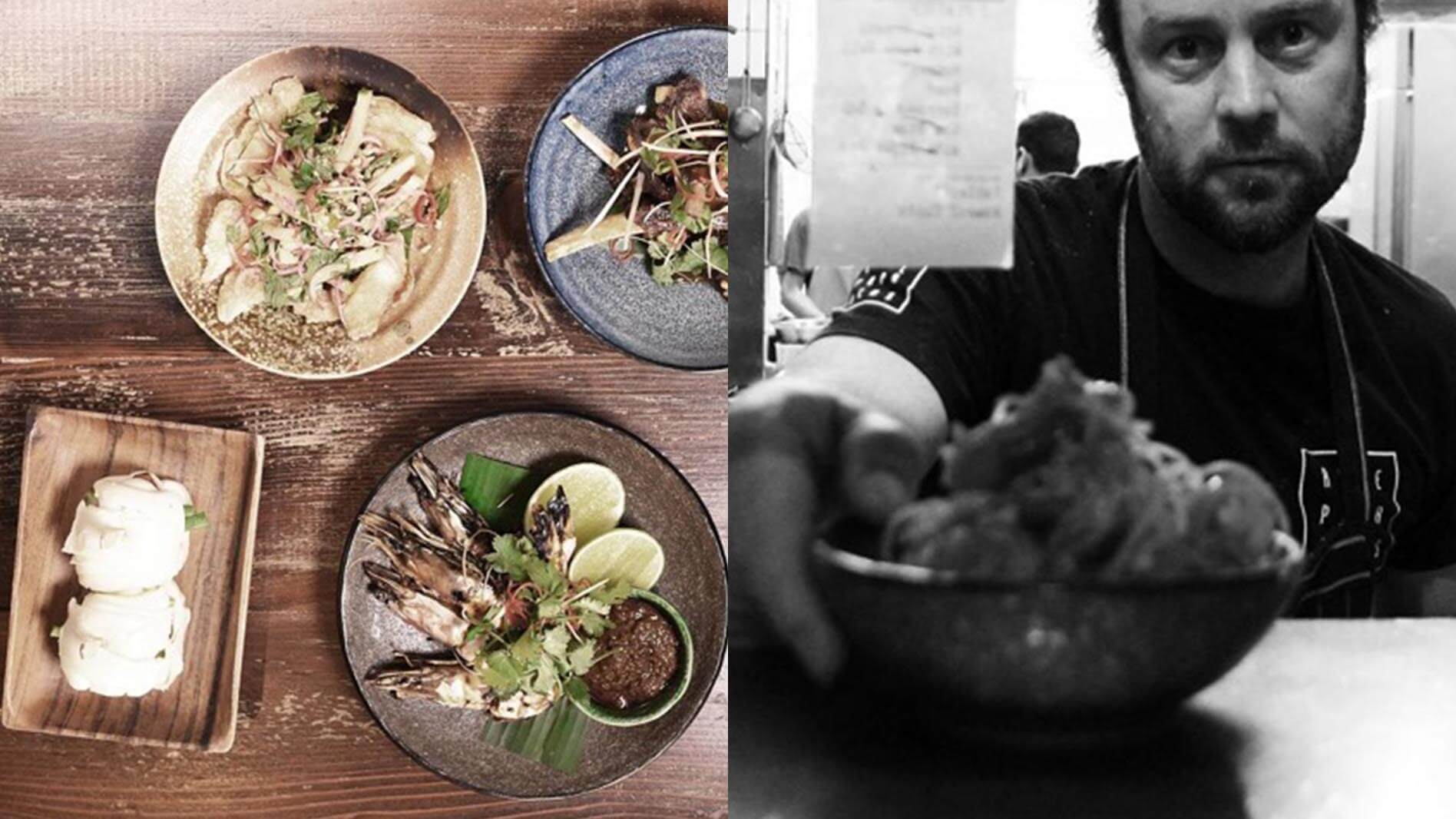Be inspired with recipes created by chefs.
Sign up for updates about products, special offers, news and promotional materials from Goodman Fielder.

Summary
Air. It’s not on the ingredient list, and it’s rarely talked about. But air, or lack thereof, in a cookies, cake or biscuit is the key difference to a good product. There are three ways to create air in baking: mechanically, chemically, and physically.
MECHANICALLY
Whenever you cream the butter and sugar together in a recipe, you are adding air. Each time the beater moves through the mixture, it drags the sharp sugar crystals through the butter, scraping air pockets into the fat. If you watch sugar and butter creaming, you will notice it getting paler in color, and fluffier in texture. In order to allow the sugar crystals to scrape these pockets into the fat, your butter needs to be soft— between 15 and 18 degrees celsius. If your butter is any softer, the air pockets will collapse under the pressure of the beater as soon as you create them. Dough with a high ratio of mechanically added air will also be soft, ready to scoop when cold, and eager to change shape in the oven.
CHEMICALLY
We can add air to a dough by using a leavening agent, specifically baking soda or baking powder. The baking soda releases carbon dioxide when it comes in contact with water and acid, foams up and expands inside our dough. You might not think dough is acidic, and you’re not mistaken. But the flour and sugar are acidic enough to activate the baking soda. Baking powder is made of baking soda mixed with an additional acid that doesn’t become soluble until it reaches temperatures above 60°C. This means that as the cookie or cake bakes and increases in temperature, it gets an additional boost of air right about the time the starches and proteins are firming up.
PHYSICALLY
As the oven temperature increases it turns the water in the butter (18% water by weight) and the eggs into steam. This steam is the powerful engine that inflates both puff pastry and pâte à choux, and in a cookie or cake will help inflate the air pockets already created by mechanical leavening.
Related Ideas
25th March 2023
A Chef’s Guide to Gluten Free Baking
Want to know how to turn your bakery goods into a gluten free delight? Check out our gluten free baking guide now.
18th November 2021
The Top 5 Desserts Your Customers Are Craving
Is your dessert menu in need of a freshen up? Are you trying to work out what your customers just can't get enough of? Well, here they are!
9th August 2021
Classic Sweet Apple Pie
There is nothing better than Grandma's traditional apple pie, so why not bring it to your venue today?
